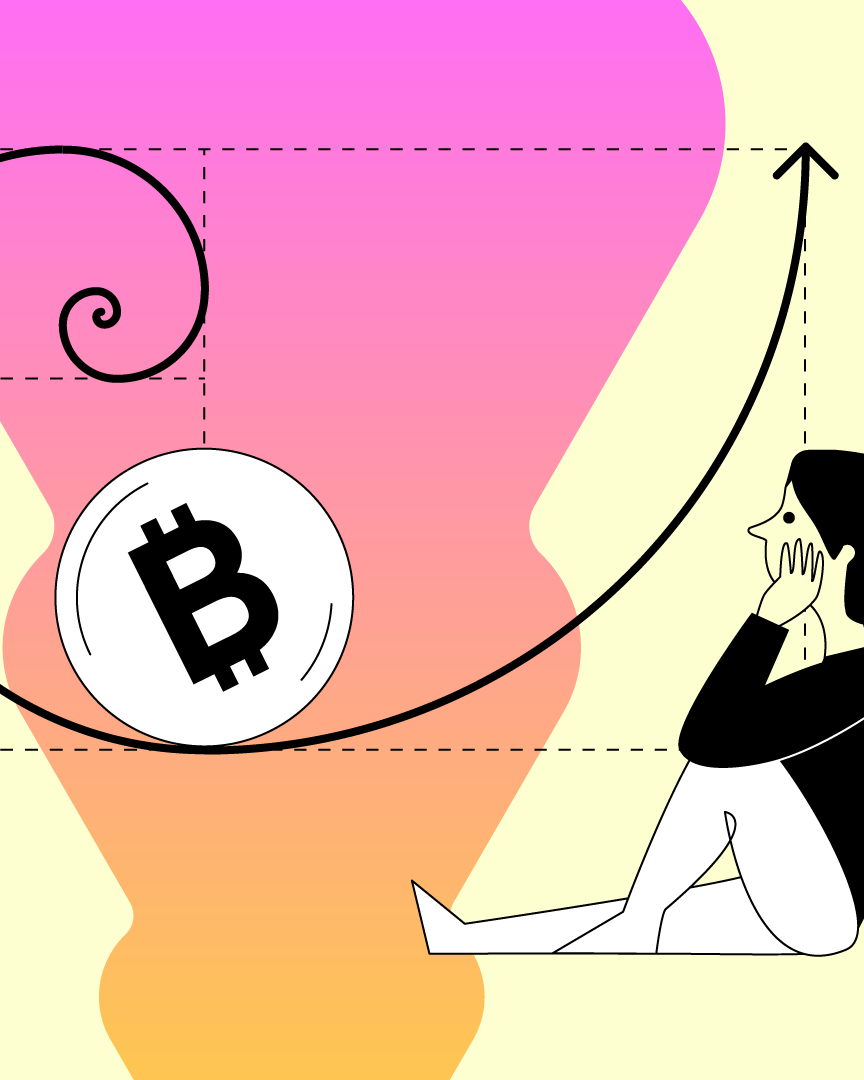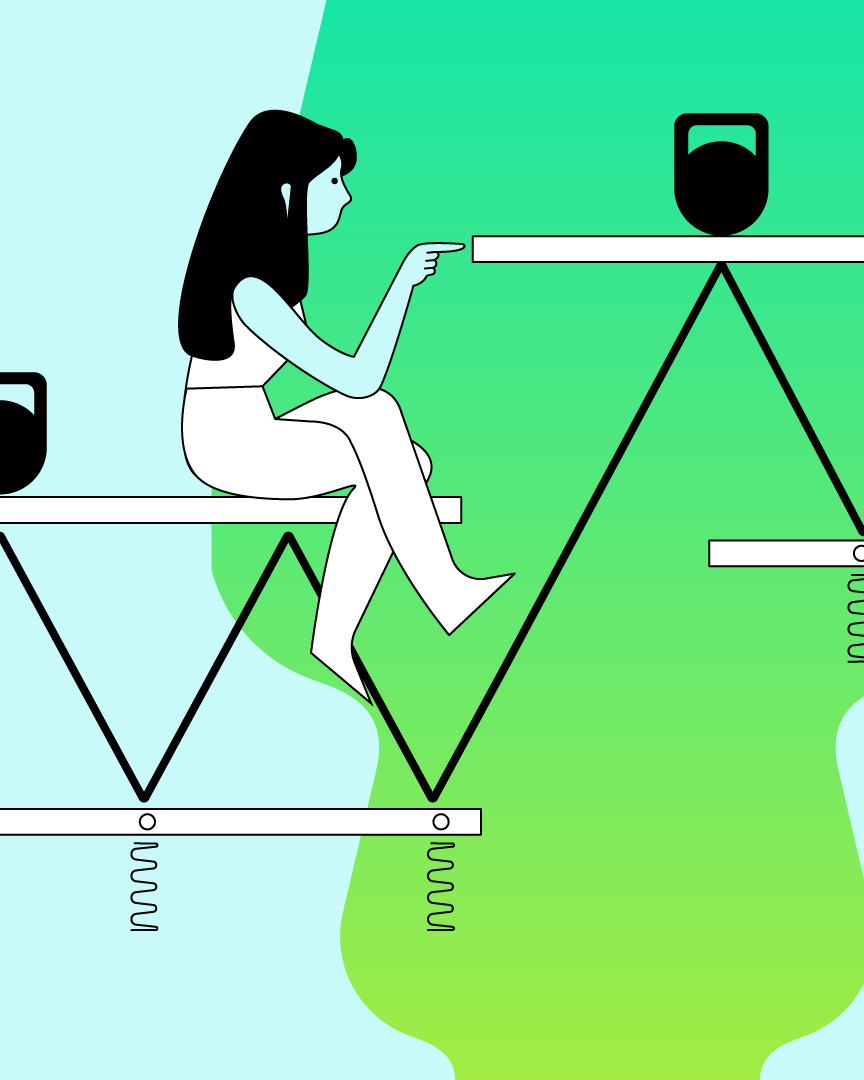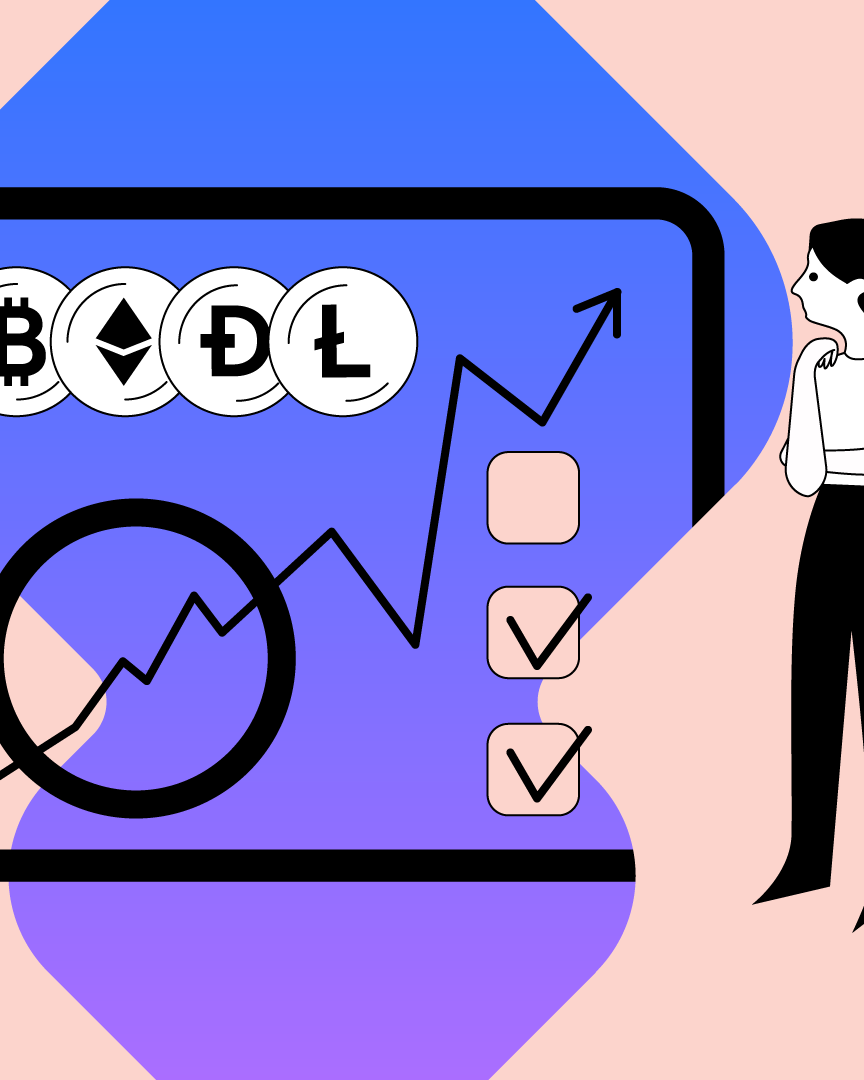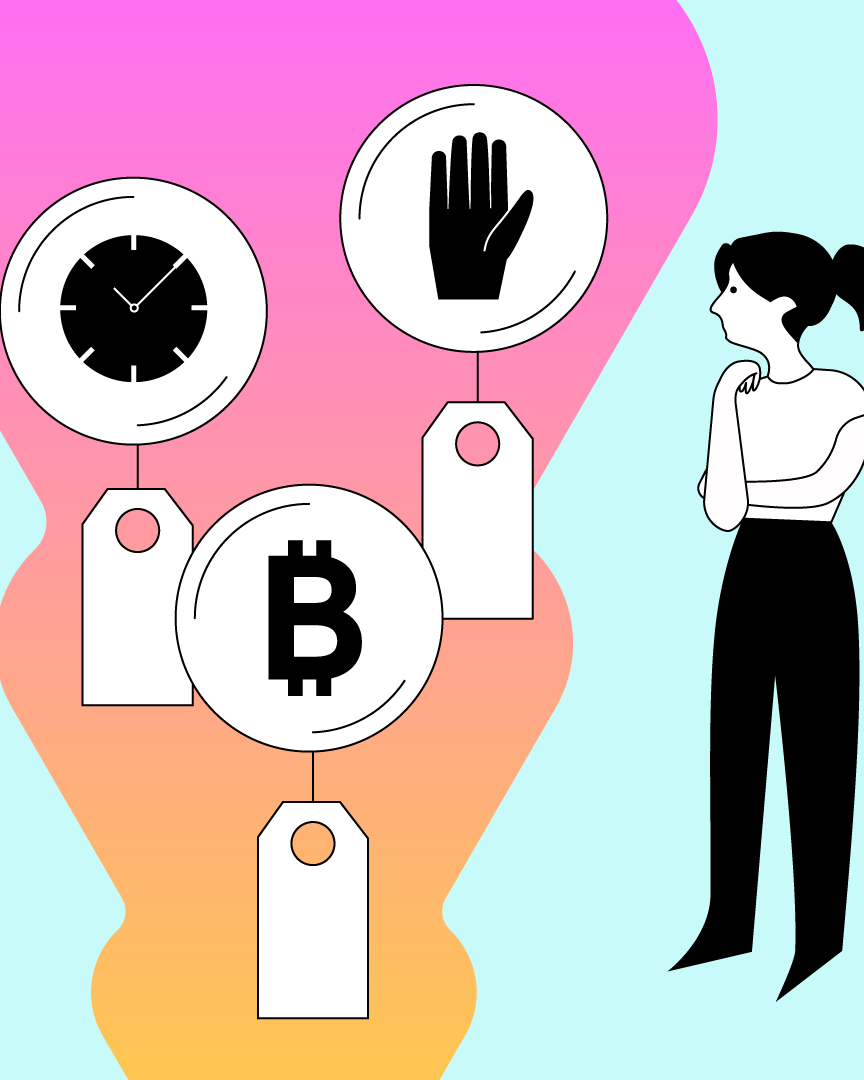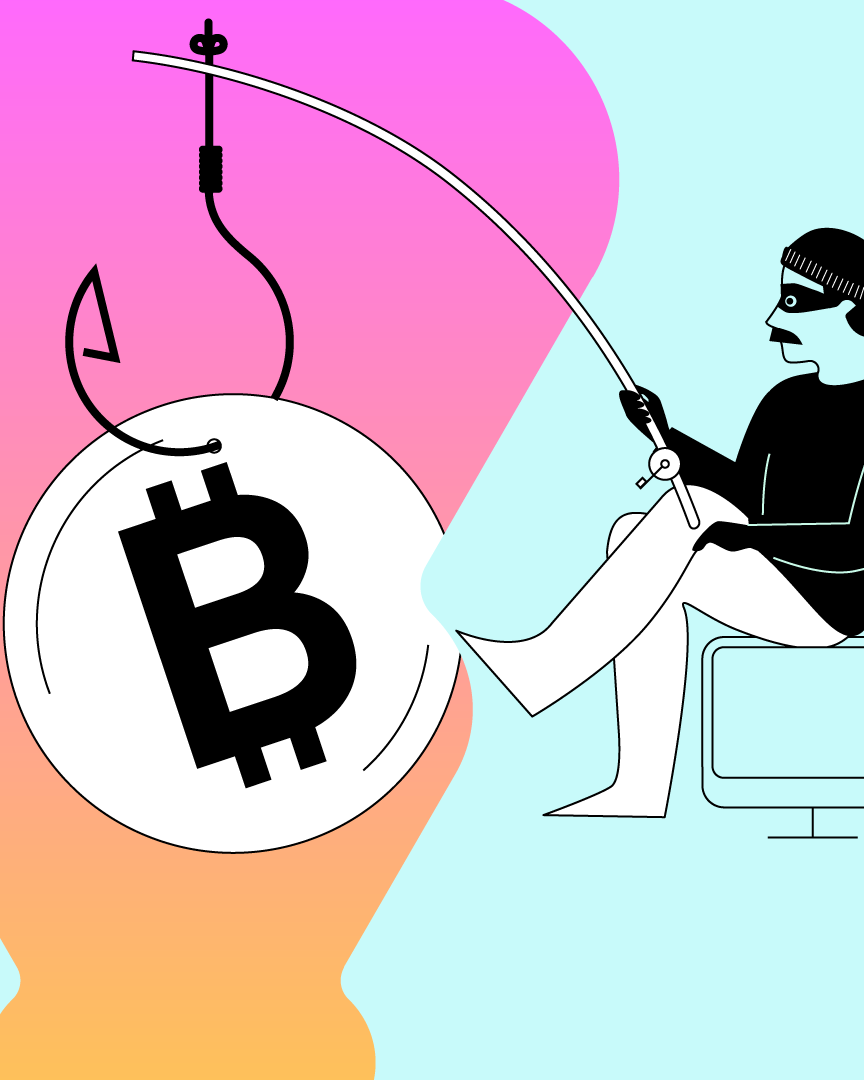2.05 Bid-Ask spread and slippage
This lesson explains bid-ask spread and slippage.

In our previous lesson, we discussed market capitalization - one of the key terms that can help you better understand the cryptocurrency market. In this lesson, we study the concept of bid-ask spread and slippage along with the role of market makers and takers.
This lesson explains bid-ask spread and slippage.
Contents
- What is a bid-ask spread?
- What is slippage?
What is bid-ask spread?
The key players in the crypto market - market makers and market takers - are vital to understand the concept of a bid-ask spread. In financial markets, the market maker sets an offer to either sell an asset at a given price (ask price) or bid to buy an asset at a specific price (bid price). The market takers accept one of these prices to either buy the assets at the ‘ask price’ or sell them at the ‘bid price’.
‘Bid’, therefore, is the price at which buyers are willing to buy crypto, while ‘ask’ is the price that sellers are willing to sell their crypto. While market makers in traditional markets create the bid-ask spread, the spread in crypto is created by the difference between limit orders from the buyers and sellers.
Bid-ask spread is the difference between the highest price a buyer is willing to pay for an asset and the lowest price a seller is willing to sell in the order book. In simple terms, it is the amount by which the ask price exceeds the bid price of an asset.
The bid-ask spread percentage can be calculated as follows:
Bid-ask percentage = (Ask Price - Bid Price)/Ask Price x 100
To make an immediate purchase of an asset, you can take the lowest ask price, and to make an instant sale, you can accept the highest bid price.
While several factors contribute to the bid-ask spread, liquidity is one of the most evident aspects. Assets with low liquidity and trading volume can cause significant changes in the bid-ask spread. Cryptocurrencies with large trading volume and liquidity have low bid-ask spread while low volume leads to high bid-ask spread.
What is slippage?
When cryptocurrency traders place an order, they expect its execution at the same price that they asked for. However, this is not always the case.
Slippage occurs when a trader settles on a different price from the one they initially ‘asked’. This often happens due to a shift in prices between the time an order has entered the market and its execution. While this is a common phenomenon observed in other trading markets, slippage is more usual on decentralized exchanges (DEX) due to high price volatility.
Additionally, low liquidity and volume, typically observed in altcoins, is also one of the reasons for slippage. To avoid slippage, you can attempt splitting your orders into smaller quantities.
Types of slippage
There are two classes of slippages: positive and negative slippage. A positive slippage exists in a buy order when the executed price is lower than the ‘ask’ price. Positive slippage, thus, gives you a better rate than the seller had asked for. On the other hand, a negative slippage exists in a buy order when the executed price is higher than the seller’s original offer. The vice verse holds for sell orders.
Too much slippage can be inconvenient as it costs additional capital to traders. You can execute limit orders over market orders to minimize slippage losses. We will take a closer look at this concept in one of the upcoming lessons.
ES
This material does not constitute investment advice, nor is it an offer or solicitation to purchase any cryptocurrency assets.
This material is for general informational and educational purposes only and, to that extent, makes no warranty as to, nor should it be construed as such, regarding the reliability, accuracy, completeness or correctness of the materials or opinions contained herein.
Certain statements in this educational material may relate to future expectations that are based on our current views and assumptions and involve uncertainties that could cause actual results, performance or events to differ from those statements.
BB Trade Estonia OU and its representatives and those working directly or indirectly with BB Trade Estonia OU do not accept any liability arising from this article.
Please note that investing in cryptocurrency assets carries risks in addition to the opportunities described above.










